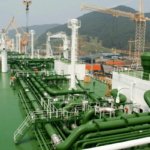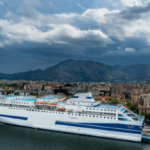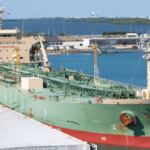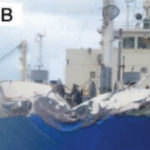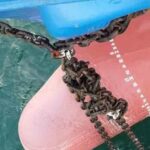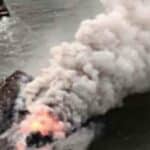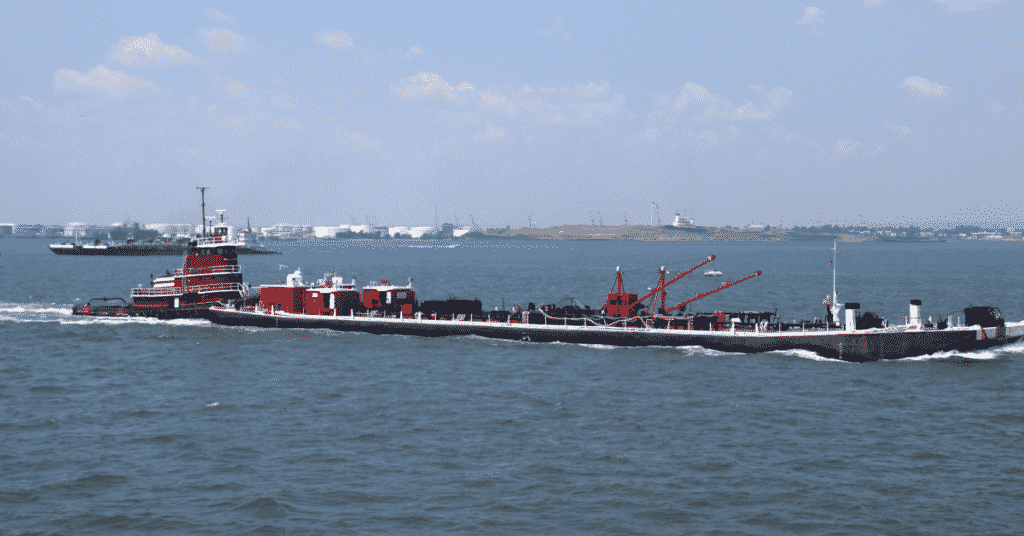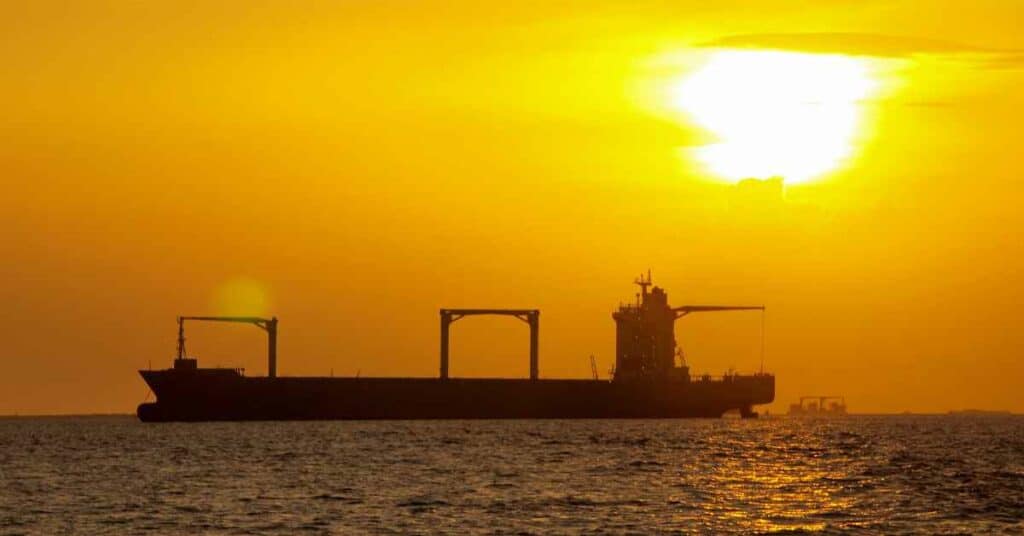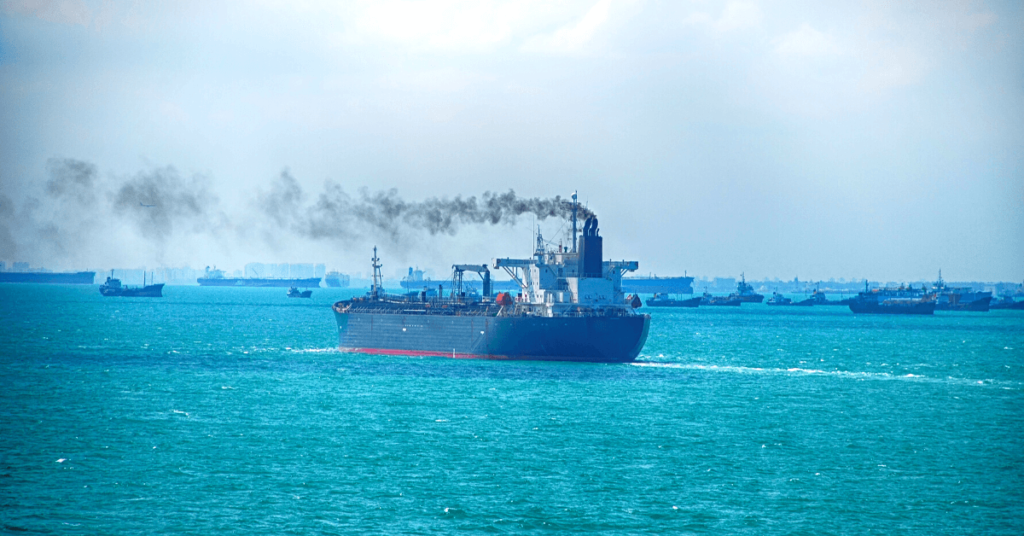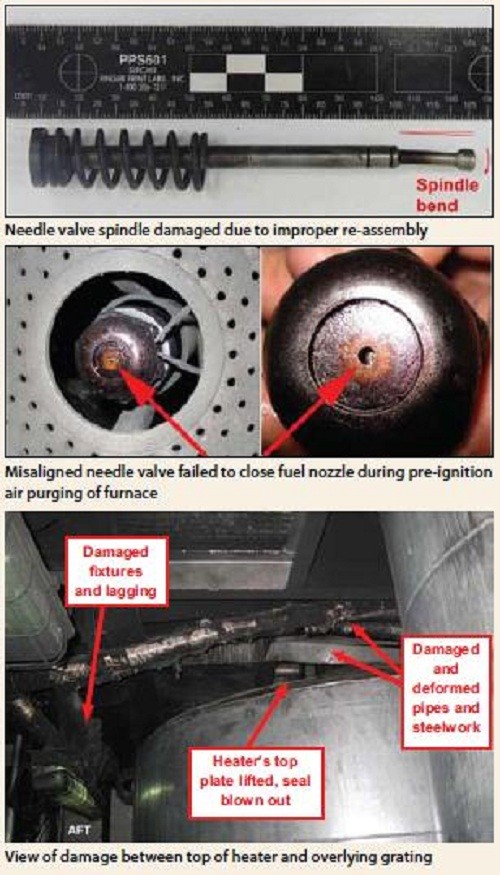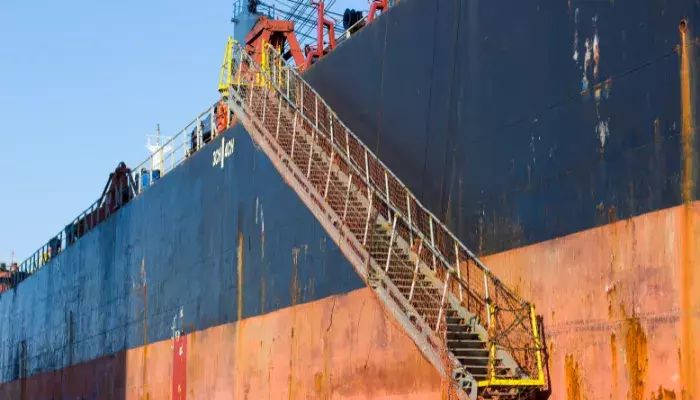Real Life Incident: Strong Winds Send Berthed Vessel Adrift
A tanker was berthed port side to, with all lines run ashore except for the headlines, which were secured to a mooring buoy. Cargo discharge operations were begun, but the weather conditions were not very favourable: the wind was blowing 22-27 knots, with some stronger gusts.
The cargo operation was not stopped or suspended even though the countersigned ship/shore checklist indicated the following operational weather limitations:
- Wind 25 knots: Stop cargo operation
- Wind 35 knots: Disconnect cargo arms
- Wind 40 knots: Vessel to vacate berth.
By 01.18 discharging was completed and shore staff disconnected the cargo hose within 15 minutes. Wind strength had increased further and local pilots had rescheduled departure.
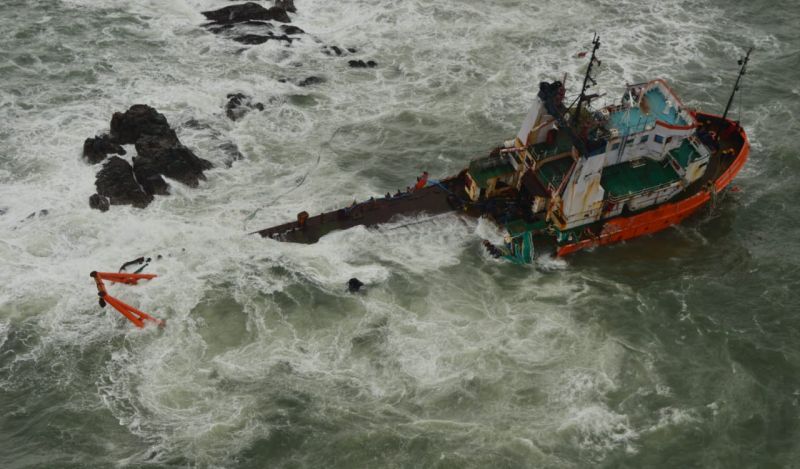
At 02.36, a strong gust of 65+ knots caused the forward mooring buoy chain to fail. The bow started to swing sharply to starboard, pushed by the wind, and in short order other lines began to fail. Soon, the vessel was connected only by the aft stern lines. The Master quickly activated the general alarm.
Ten minutes later, the main engine was ready but pilots and tugs were not available. The stern lines were cut and the vessel was clear of the berth. The vessel was successfully turned on to a course of about 275 degrees while the Master was in radio contact with pilots. Due to the strong wind, and hindered by the mooring buoy still connected to the vessel’s forward lines, the vessel lost steerage, running aground in shallow water while still in the port.
The company investigation found, among others, that:
- The mooring buoy was not suitable to accommodate the four mooring lines forward. There was no indicated SWL
- The Navtex was not set to the local radio station, therefore local warnings were not received
- The Master and OOW had not developed or discussed any specific emergency plan to vacate the berth.
Lessons learned
- Setting predetermined weather limits to stop cargo ops and/or vacate the berth is a sensible risk reduction measure. Be sure to follow them.
- Close and continued attention to local weather conditions and warnings, at sea or while at berth, is one of the mariner’s most important duties.
- Commercial pressures are sometimes at cross-purposes with vessel safety; which one do you favour?
Reference: nautinst.org
Do you have info to share with us ? Suggest a correction
- Real Life Incident: Vessel Collision in Good Visibility
- Real Life Incident: Severe Injury To Deck Crew While Leaving Berth
- Real Life Incident: Departure Damage in Very Restricted Waterway
- Real Life Incident: Low Situational Awareness Has High Impact Consequence
- Real Life Incident: Fouled Anchor in a Designated Anchorage
- Real Life Incident: Fire On Barge Carrying Scrap Metal Causes $7 Million Worth Of Damage
Latest Case studies Articles You Would Like:
Subscribe To Our Newsletters
By subscribing, you agree to our Privacy Policy and may receive occasional deal communications; you can unsubscribe anytime.




